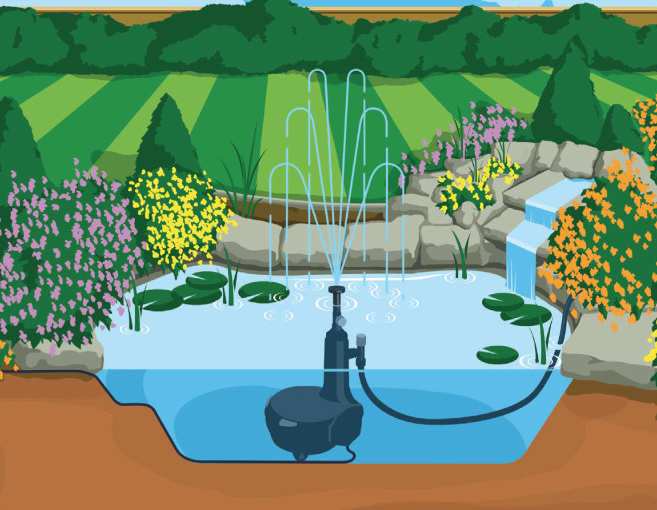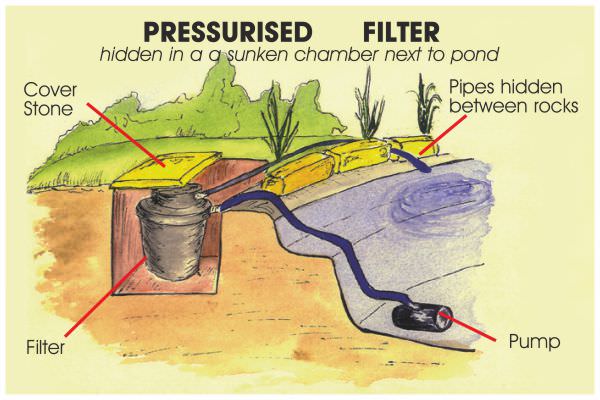Installing a pond pump and filter is essential for maintaining a healthy and thriving pond ecosystem. A pond pump circulates water, while a filter helps remove debris and keeps the water clean. In this guide, we will walk you through the step-by-step process of installing a pond pump and filter to ensure your pond remains beautiful and balanced.
Step 1: Choose the Right Location
Before you begin the installation process, it’s crucial to select the right location for your pond pump and filter. Choose a spot near the edge of the pond, where the pump can easily access water. Ensure that the location is also close to a power source to avoid the need for long extension cords.
Step 2: Prepare the Pond Pump
Unbox your pond pump and check that all the components are included. Connect the necessary tubing to the pump according to the manufacturer’s instructions. Make sure the tubing is securely attached to prevent any leaks during operation.
Step 3: Install the Pond Pump
Lower the pond pump into the water, ensuring that it is fully submerged. Position the pump at the desired depth, taking care to follow the manufacturer’s recommendations. Secure the pump in place to prevent it from moving around and causing damage to the pond liner.

Credit: www.swelluk.com
Step 4: Set Up the Pond Filter
Assemble the pond filter according to the instructions provided. Place the filter near the pump to ensure efficient water circulation. Connect the filter to the pump using the tubing, making sure the connection is tight to prevent any water leakage.
Step 5: Connect the Power Supply
Plug the pond pump and filter into a nearby power outlet. Use a waterproof extension cord if necessary, but ensure that it is rated for outdoor use. Test the pump and filter to make sure they are functioning correctly before proceeding.
Step 6: Adjust the Flow Rate
Once the pump and filter are operational, adjust the flow rate to achieve the desired water circulation. A higher flow rate is beneficial for larger ponds, while smaller ponds may require a gentler flow to prevent disturbance to aquatic plants and fish.
Step 7: Monitor Water Quality
Regularly check the water quality in your pond to ensure that the pump and filter are effectively removing debris and maintaining a healthy environment for aquatic life. Test the water parameters and clean the filter as needed to prevent clogs and blockages.
Step 8: Maintain Regularly
To keep your pond pump and filter in optimal condition, perform regular maintenance tasks such as cleaning the pump intake, replacing filter media, and inspecting for any signs of wear or damage. By staying on top of maintenance, you can prolong the life of your equipment and ensure the longevity of your pond ecosystem.

Credit: www.youtube.com
Conclusion
Installing a pond pump and filter is a straightforward process that can greatly benefit the health and appearance of your pond. By following these step-by-step instructions, you can set up your pump and filter correctly and enjoy a clean and vibrant pond for years to come. Remember to monitor water quality regularly and perform routine maintenance to keep your pond ecosystem thriving.





